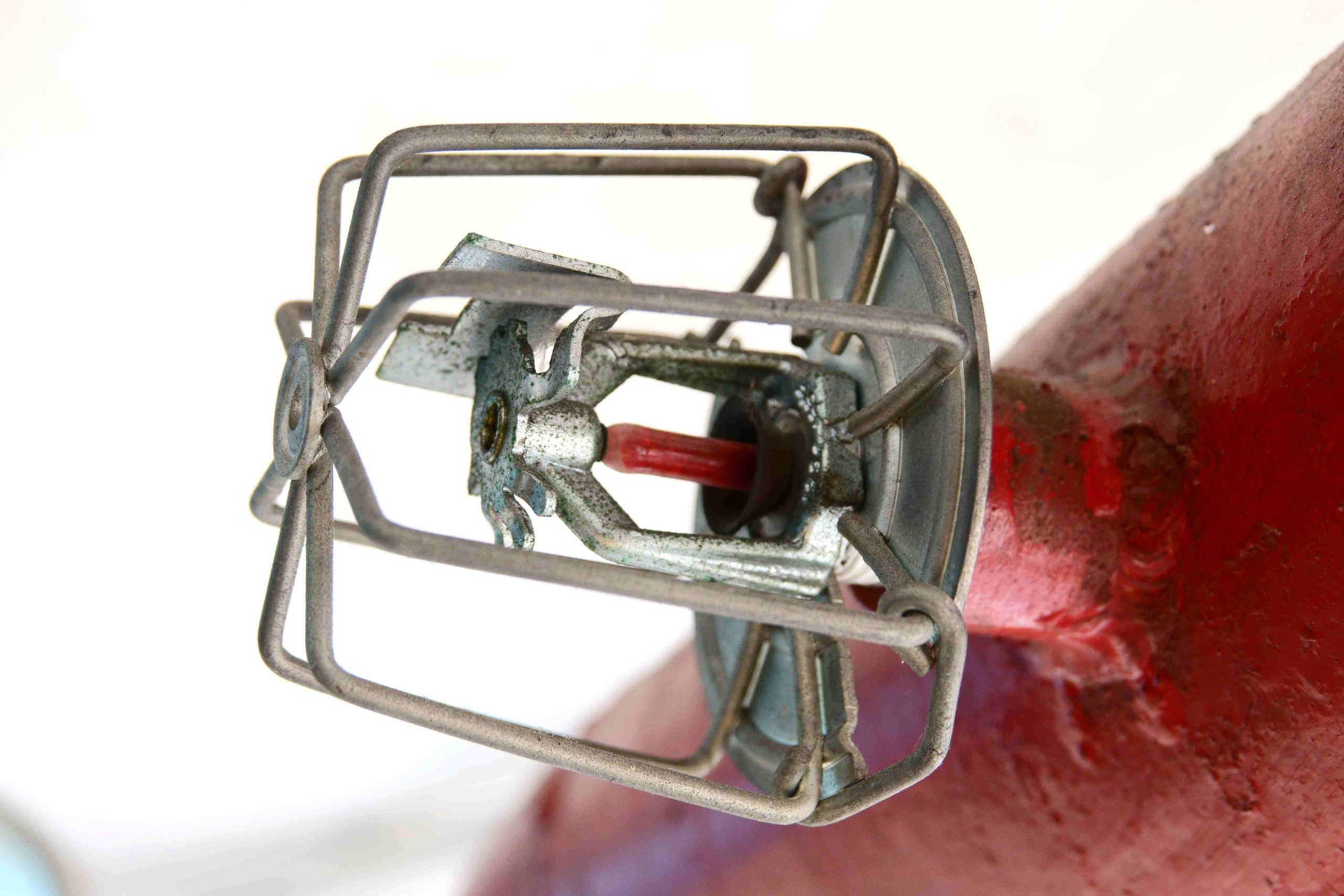The Different Types of Fire Sprinkler Systems
Most of the time, we don’t think about the fire sprinklers above our heads while walking through the halls of buildings. We don’t realize that there are many different kinds of systems for fire protection. For example, there are dry pipe systems, wet pipe systems, pre-action, and flood systems. Each system has different purposes, and they are utilized in various locations. Let’s dive deeper and discover how these systems function.
1. Wet Pipe System
Wet pipes are among the most commonly used fire systems. It’s filled with pressured water. When the system is aware of the presence of a fire, or that the environment is at a high temperature the sprinkler is activated and water enters. This permits the water to expand to end the flame. Sprinkler systems are usually installed in locations that are not below 40 degrees Fahrenheit in order not to cause pipes to freeze. The great thing about this system is it’s among the most efficient sprinkler systems. They are usually not placed in tiny spaces like housing, so they do not cause damage.
2. Dry Pipe System
Dry pipe systems are different from that of pipe systems with wet. Pipes are filled up with air pressure or nitrogen. In this scenario, the pressure of air holds the valve in place so that water is not able to enter at the incorrect time. So the valves are not being flooded with water. If a fire is detected the pressure of air drops and the valve opens. When the valve is opened it will let water flow through it and discharge it. Because Dry pipe systems are pressurized with air, and not water, they are perfect for environments and areas that are subject to temperatures that are freezing. This allows the water to freeze. They are usually employed in non-heated buildings garages, or warehouses since there is no water leakage.
3. Pre-Action System
The Pre-action system is akin to the dry pipe because both are pressurized by nitrogen or air. Three variants cover the pre-action system; a single interlocked system, which retains the water. If smoke or heat is observed, the valve will be opened and the water released.
A double interlocked system includes two valves that are on each other with a dry and a pre-action valve. Water cannot enter pipes until the two systems have been in operation. These are usually found in frozen facilities.
The non-interlocked system differs from other systems due to the water that flows through the pipes via an activation in the detector system, or an opening in the sprinkler.
4. Flood System
Last but not least, we have the system of deluge also known as flood. This kind of system is typically used in facilities that have high hazards. These are fully open sprinklers. They supply large amounts of water over a short time frame and each sprinkler head is activated at the same time. This is controlled through a deluge device that lets the water enter the pipe once it detects a fire and ignites all the sprinklers. Since they are fully open sprinklers, water will flow through more quickly since there is no obstruction to cut through, unlike other systems.
After you have read all the various systems it is important to pick the most appropriate one. Sprinklers are essential to keep your family, buildings employees, and facilities secure. Knowing the sprinkler systems helps to select the most suitable one for your needs.


